Deadliest Animals: Golden Poison Dart Frog
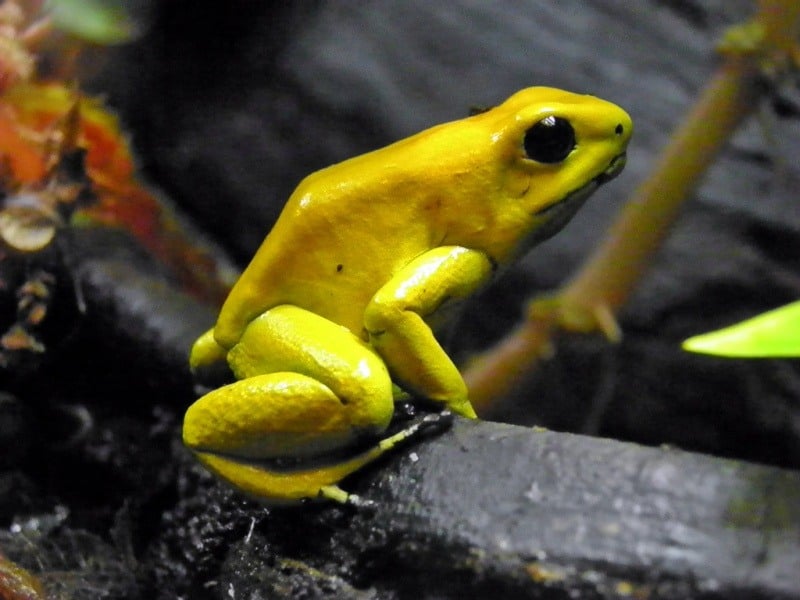
Source: Flick River
Dart frogs are well-known thanks to their technicolor topcoat, though the origin of their name is just as vibrant: many tribes used the frog’s venom on the tips of their weapons to assail intruders. These brilliant but deadly amphibians are found in Central and South America. Though tiny—dart frogs usually grow between 1.5-6 centimeters long—these tropical creatures have captured people’s attention for centuries.
There are nearly 100 species of dart frogs, each of which varies in coloration, size, and toxicity. These species are all aposematic organisms, meaning that their coloring is an anti-predator adaption to scare away potential foes. The most toxic of all dart frog species, though, is the golden poison dart frog.
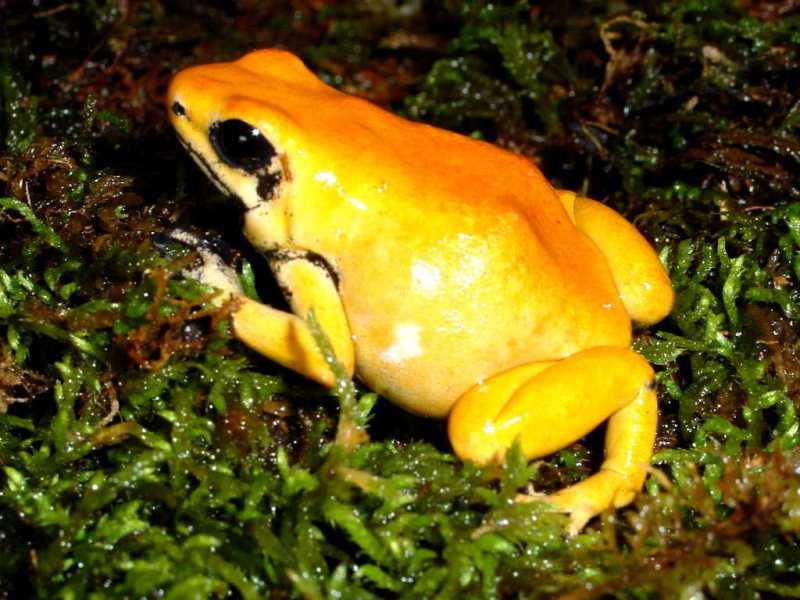
Source: Cool Amphibians
Striking in its bright, neon appearance, a single golden poison dart frog has enough venom to kill 10 adult humans. It is currently endangered, and as a social animal, is often found in groups of four to six. Scientists are still unsure as to how these frogs become toxic. Though the skin of a wild golden poison frog is densely coated in alkaloid poisons, those raised in captivity never develop venom.
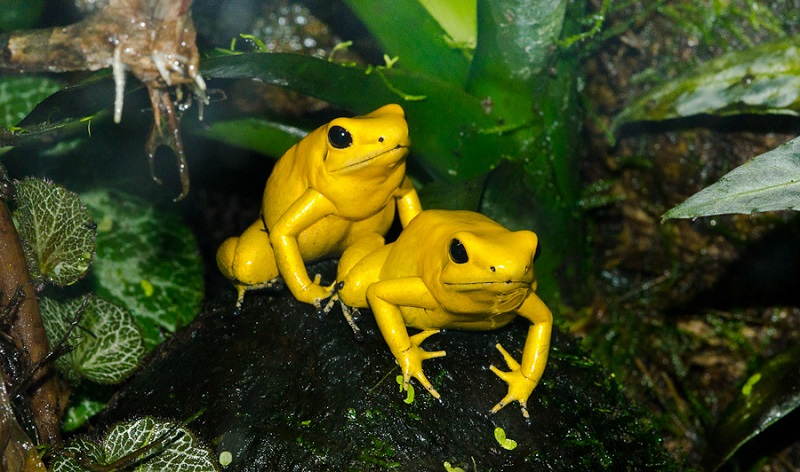
Source: Frog Forum
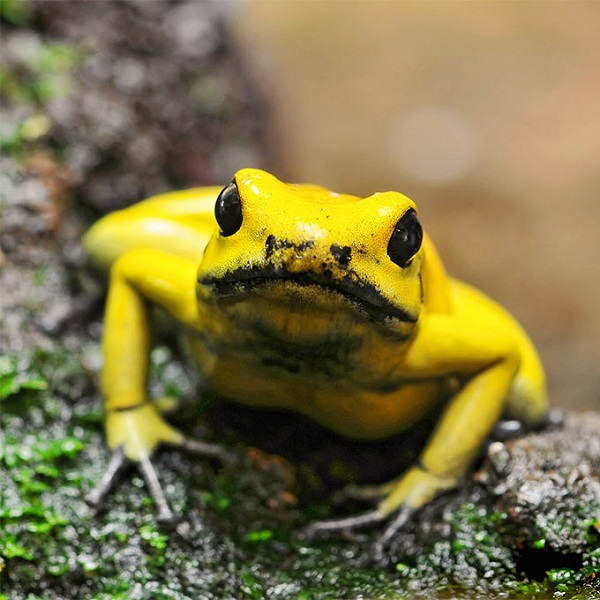
Source: Greater Good
The World’s Deadliest Animals: Cone Snail
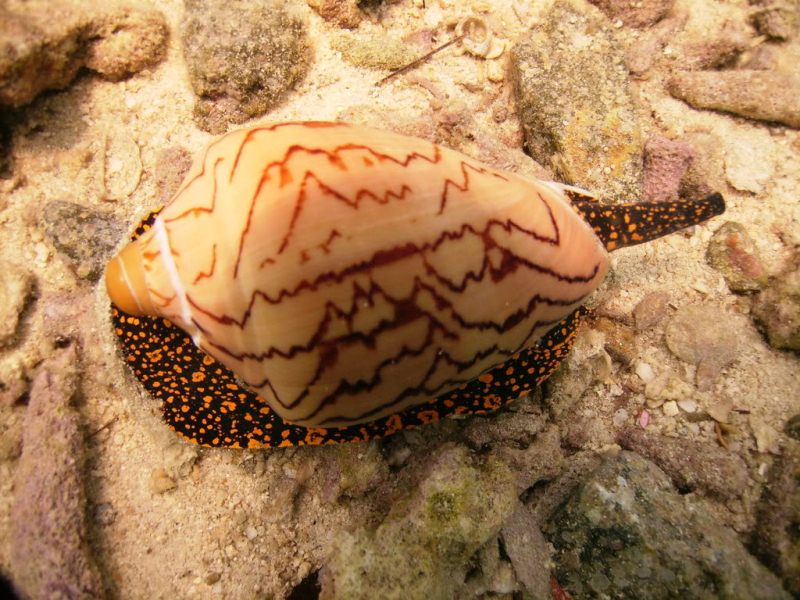
Source: Greenpeace
Upon glancing at a cone snail, one might only notice the intricate, henna-esque designs covering its shell. Pick one up, however, and that person will be in for a nasty surprise.
The cone snail uses a tiny harpoon to inject a cocktail of various toxins into any predator, human or animal. Beach goers beware: this dangerous sea creature, scientific name Conus geographus, grows to approximately 4-6 inches, and is indigenous to the Indo-Pacific reefs.
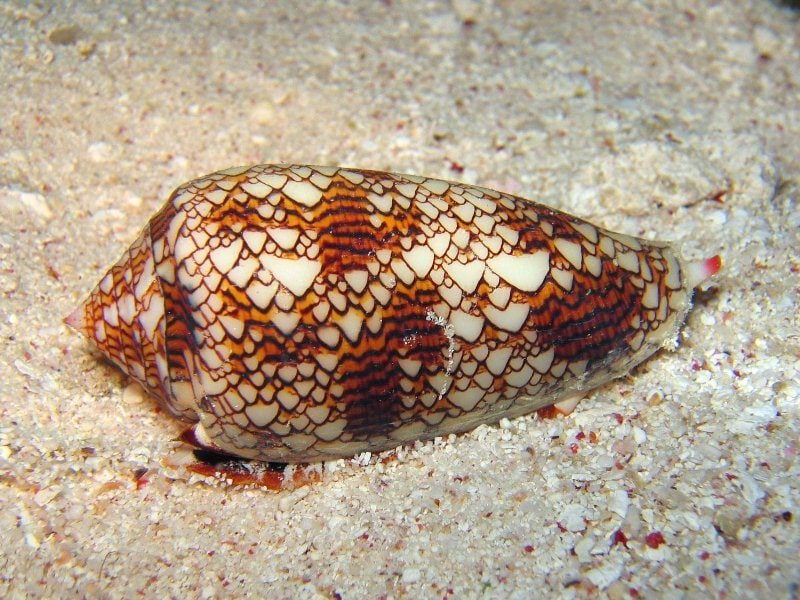
Source: Wikipedia
Though they appear to be little more than an ordinary snail, the cone snail has the most poisonous venom of more than 500 cone species. The snail injects venom into its victim through a harpoon-like tooth, paralyzing its prey. Rather serpentinely, the cone snail then swallows its victim whole, regurgitating any leftover bits after digestion.
Here’s a video of the cone snail attacking then eating its prey:
The cone snail’s venom is one of the most potent neurotoxins in existence, and can prove fatal to humans. Luckily, few deaths are reported each year, as the more deadly cone snails often live on the ocean floor away from humans. The snail isn’t all bad, though; these days, researchers are using cone snail venom and its components to create painkillers and other pharmaceutical drugs.

Source: YouTube

Source: University of Melbourne
The World’s Most Deadliest Animals: Cape Buffalo
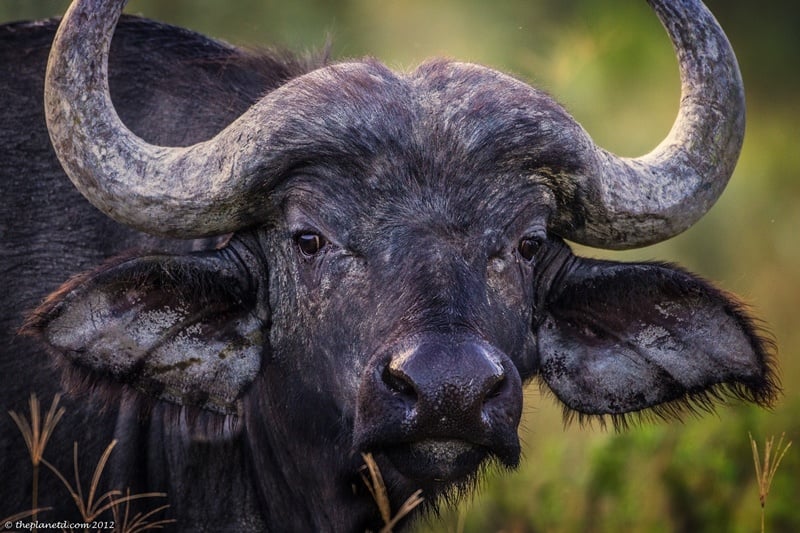
Unlike its domesticated relative the water buffalo, the Cape buffalo is highly unpredictable and incredibly dangerous. Short, thick and with massive horns that fully mature when the buffalo reaches the age of 7, these ovine animals are a major force to be reckoned with.
Cape Buffaloes rival hippos as being the most deadly animal in Africa, seeing as they cause a high number of deaths each year. Because of their ferocity, hunters who can bring down the Cape buffalo are highly respected within their communities.
In Africa, Cape Buffaloes are considered part of the “Big 5,” a definitive list of the most dangerous African animals. The other four animals that comprise the list are the lion, African elephant, leopard, and rhinoceros.
Unlike many grassland animals, Cape Buffalos are antagonistic and occasionally face their predators head-on, looking for an opportunity to strike back. Herds have been known to attack and kill large predators–even lions.
If you enjoyed reading about the world’s most dangerous and deadly animals, be sure to read about interesting facts about the world and the world’s weirdest animals and weird pets.





